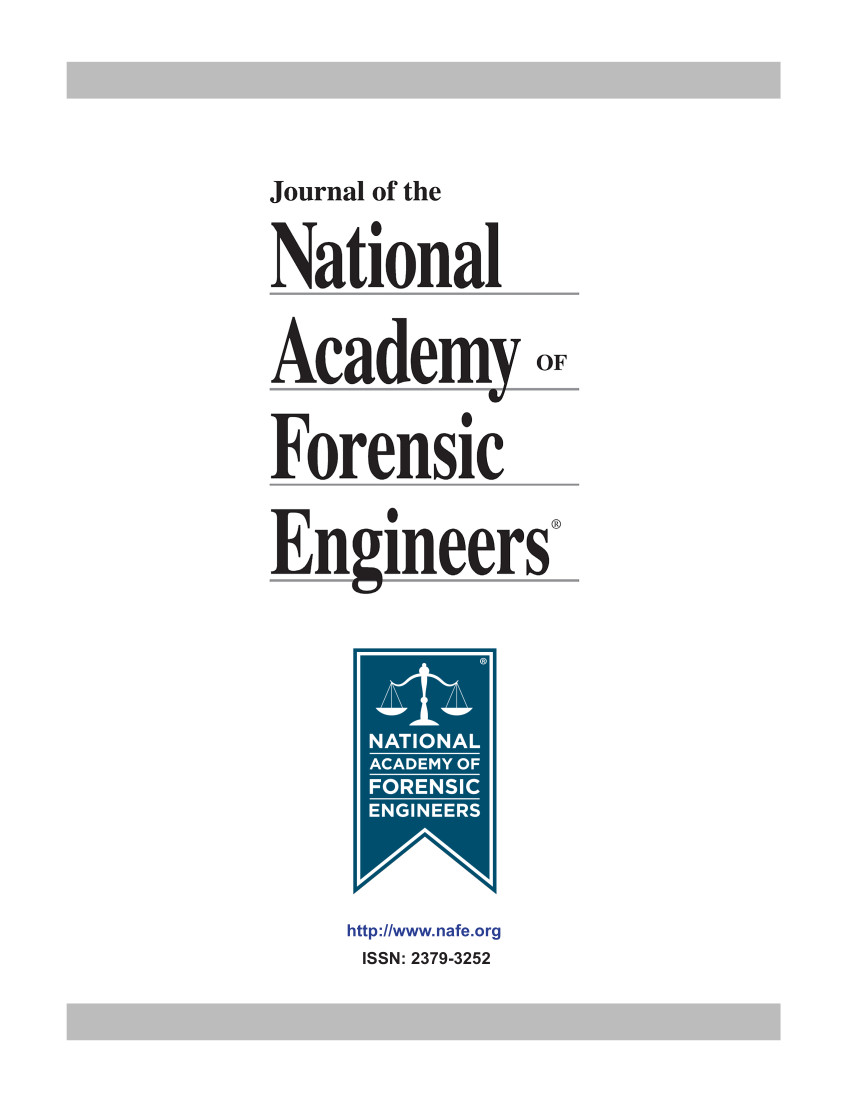Forensic Engineering Investigations Of Gas-Fueled Appliance Fires And Explosions
DOI:
https://doi.org/10.51501/jotnafe.v20i1.612Keywords:
Gas, Fires, explosionsAbstract
Fuel Gas Escaping From An Appliance Can Be Easily Ignited And Cause An Explosion And Fire. Open Flames Or Hot Surfaces At Main Or Pilot Burners Of Gas-Fueled Appliances Can Ignite Fugitive Fuel Gases, Flammable Vapors And Airborne Flammable Dust. Overheated Gas-Fueled Appliances, Or Improperly Installed Gas-Fueled Appliances Or Vent Systems Can Cause Ignition Of Solid Fuel (Wooden Building Structure Or Improperly Stored Combustibles) Adjacent To The Appliances Or Vent Systems. Fugitive Fuel Gases, Gases That Have Escaped From Their Intended Confines And Into The Air, And Open Flames Of Gas-Fueled Appliances Can Be Both The Initial Fuel Source And Initial Ignition Source. The Purpose Of This Paper Is To Provide General Guidelines To The Forensic Engineer For Inspecting Residential Gas-Fueled Appliances Involved In Fires Or Explosions. Since Each Investigation Is Unique, The Engineer May Need To Deviate From These Guidelines. The Paper Also Provides Five Case Studies That Demonstrate The Application Of Those Guidelines.Downloads
Published
2003-01-01
How to Cite
Leane, Joseph G. 2003. “Forensic Engineering Investigations Of Gas-Fueled Appliance Fires And Explosions”. Journal of the National Academy of Forensic Engineers 20 (1). https://doi.org/10.51501/jotnafe.v20i1.612.
Issue
Section
Articles
License
Copyright (c) 2003 National Academy of Forensic Engineers

This work is licensed under a Creative Commons Attribution-NoDerivatives 4.0 International License.
All rights © Journal of the National Academy of Forensic Engineers.
Full statement regarding the author's license of copyright to the NAFE is shown on the Copyright section of the Submissions Page.






